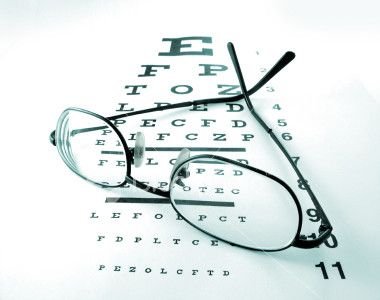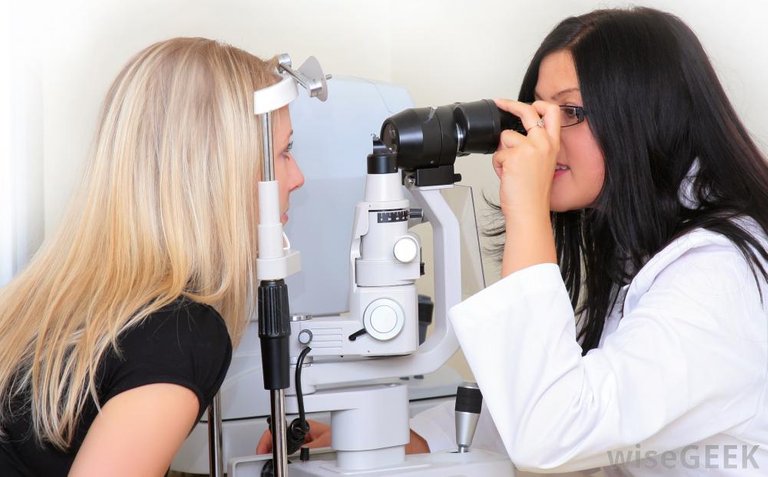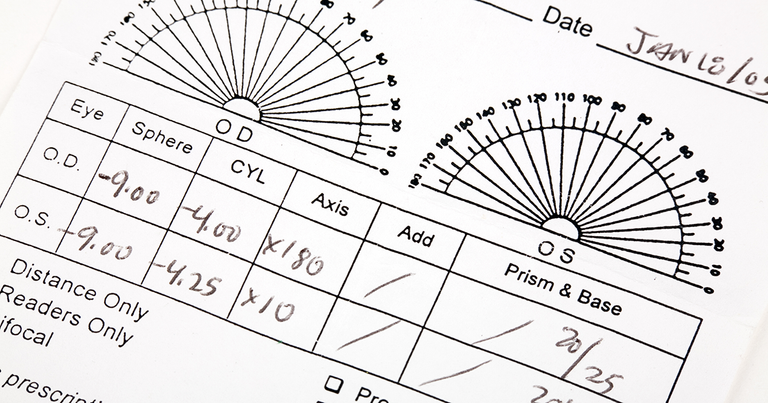Hello steemit friends , here I come again. I wish everyone is doing well.

When I was 10 years old, I had vision problems. I know it when there is a doctor went to my school to check our eyes. Things that far distance is become blurry for me. I cannot see clearly the words that far from me. I still remember my father friend ever ask him "Why does your daughter did not smile with me whenever I meet her?" Then my father replied, "She does not smile with you is because she did not see you and do not know that you smile to her. I has myopia or nearsightedness, which makes distance vision blurry. The doctor say this might be because I read a lot , reading under dark place, sit too close to the television when watching movie or descendant. On that time we don't have any high technology such as smart phone, computer, laptop or iPad.
My family was very poor, my parents were not able to bring me to make spectacles. When I am in the school it was a problem for me because I did not see clearly the words written on the black board. I had to see my friend note that sit next to me or ask him. I did not make spectacles until I was 13 years old. My class teacher called my parents and talk about my vision problem. My study was disturbed because I did not see clearly distant things. So, my parents bring me to the optical shop to make a spectacles. Since then I wear spectacles until now. I'm not only have myopia but now I also have Astigmatism, which focuses light on more than one spot on the retina, making vision blurry.

Understanding My Eye Prescription
Trying to decipher your optical prescription is a common issue for many people. Here are three of the most common eye conditions that require a prescription in the first place:
*Myopia—commonly called nearsightedness, which makes distance vision blurry
*Presbyopia—commonly called farsightedness, which makes near vision blurry
*Astigmatism—which focuses light on more than one spot on the retina, making vision blurry
These are all refractive errors that simply mean your eyes have trouble focusing light correctly. Your prescription for these conditions is measured in units called diopters. Diopters represent the amount of correction you need to normalize your vision. The more nearsighted (or farsighted) you are, the higher your prescription in diopters.
On your prescription, you’ll see some letters followed by a series of numbers. The letters “OD” indicate that the prescription is for your right eye; “OS” represents your left eye. Your prescription, including both eyes, will generally look something like this:
OD -4.00 -1.50 x 180
OS +.50

Refractive Power – The first number in the series identifies your degree of nearsightedness or farsightedness. A plus sign (+) indicates you are farsighted, a minus sign (-) indicates you are nearsighted. This number is called your spherical correction.
Astigmatism –The second number in your prescription identifies what degree of astigmatism you have i.e. how well or poorly your eye focuses light onto the retina. The number can be written either with a (+ sign) or a (- sign). This number is called your cylindrical correction.
Axis – The third number indicates the direction of your astigmatism. For example, an axis of 180 degrees means the astigmatism is horizontal. If your prescription doesn’t have a second or third number, you most likely don’t have astigmatism.
DV vs. NV – Your prescription might also contain the abbreviations DV (distance vision) or NV (near vision). DV is the portion of your prescription which corrects your ability to see things far away. NV means your prescription is for reading only.
You may be surprised to learn that your left and right eyes can have different prescriptions, but this isn’t uncommon. If your eyes are different, your VSP network doctor can provide a different prescription for each eye to meet your specific needs.

Thanks... i found this article interesting. Do you know how high or low the power of a prescription strength can go?
The prescriptions can reach extremely high, although I am not sure what the exact maximum is. Spectacles with a very high prescription will not always prevent blindness though. For example, someone with a prescription of -30 diopters can still only have a corrected visual acuity of less than 20/200(which is considered as legal blindness). The high prescription is over -6.00D. It is not possible it can reach until -50.00
Hi! I am a robot. I just upvoted you! I found similar content that readers might be interested in:
https://www.vsp.com/glasses-prescription.html
Congratulations @honey-pot! You have completed some achievement on Steemit and have been rewarded with new badge(s) :
Click on any badge to view your own Board of Honor on SteemitBoard.
For more information about SteemitBoard, click here
If you no longer want to receive notifications, reply to this comment with the word
STOP